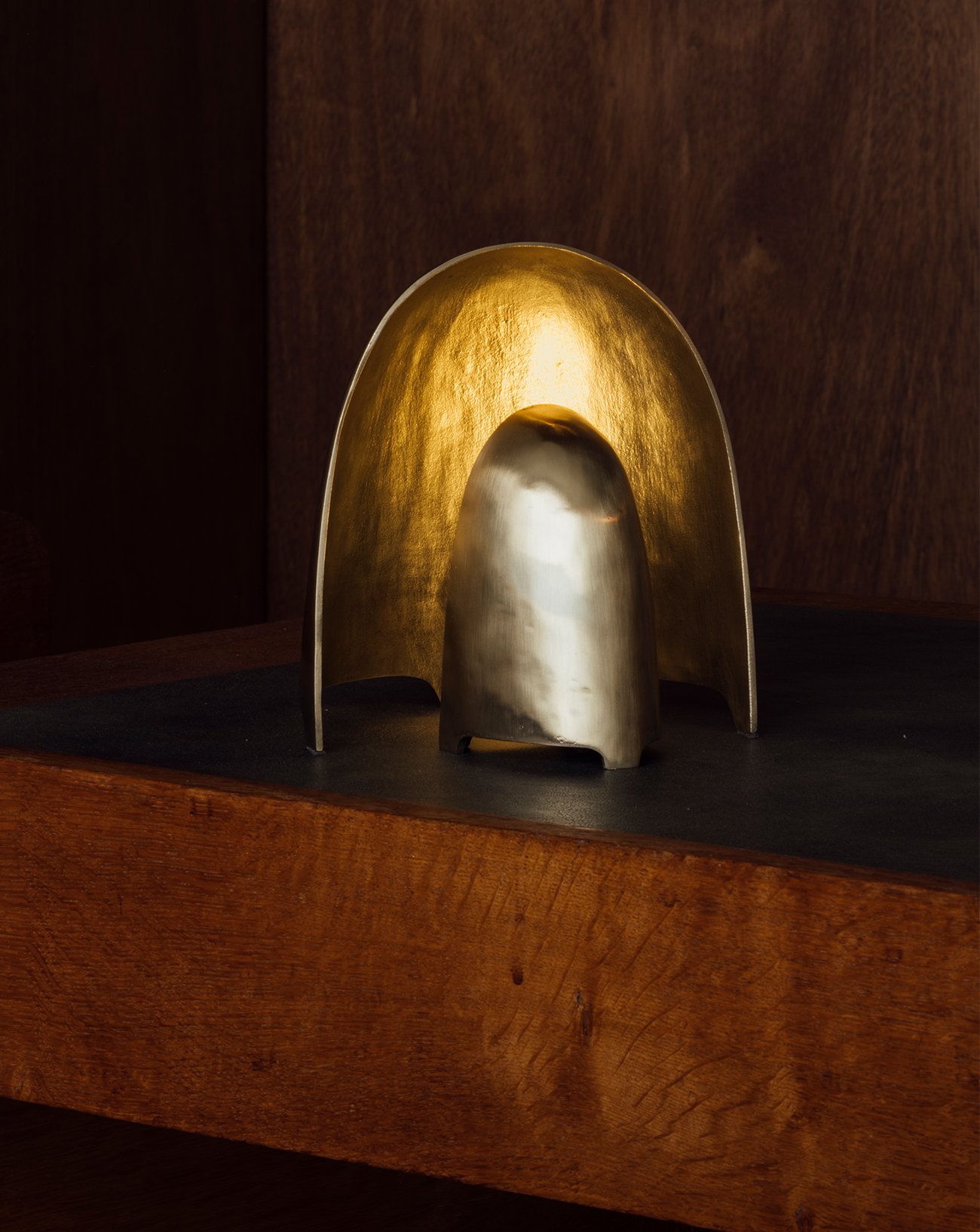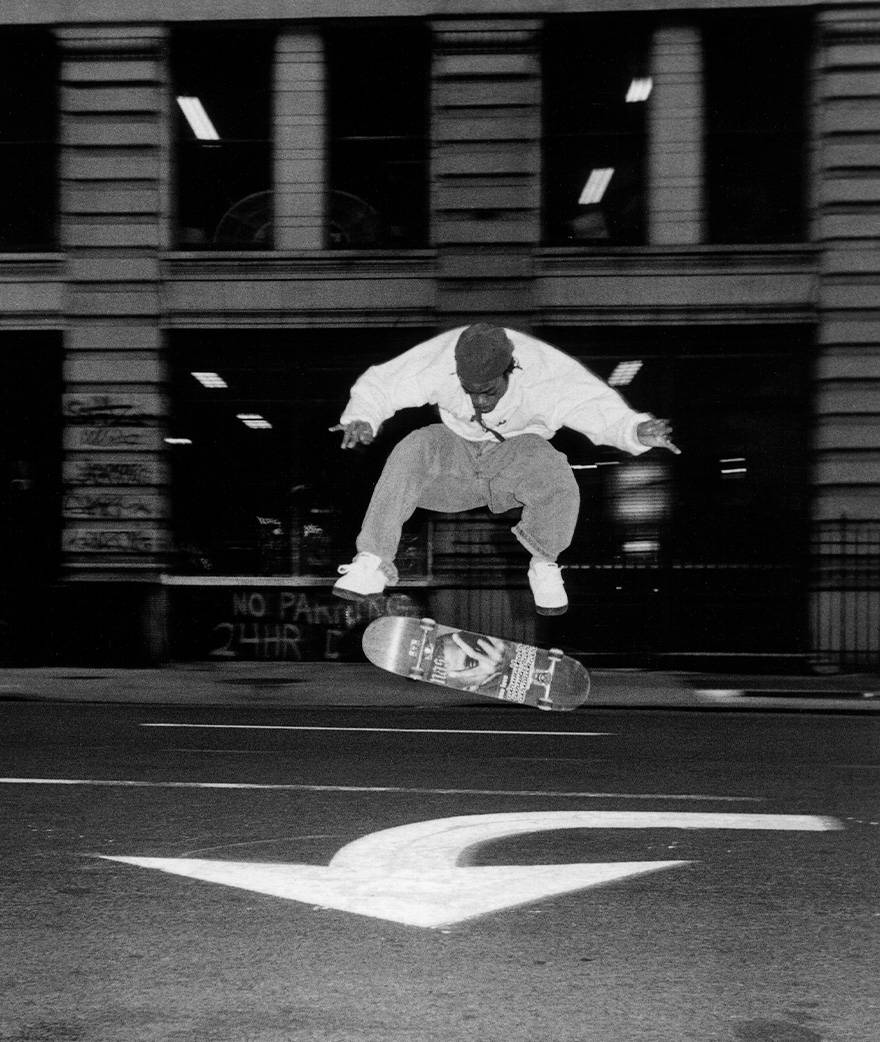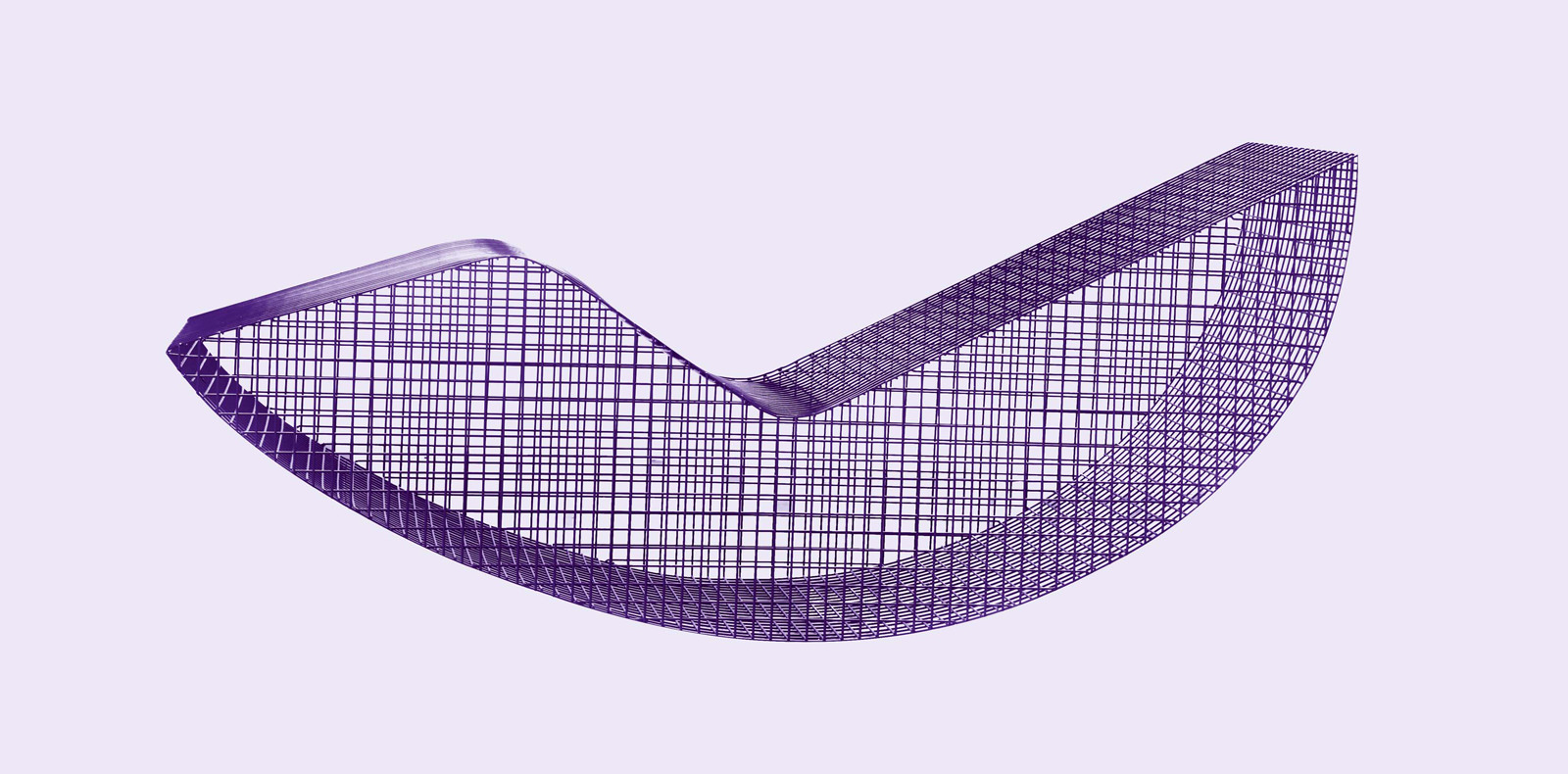
10
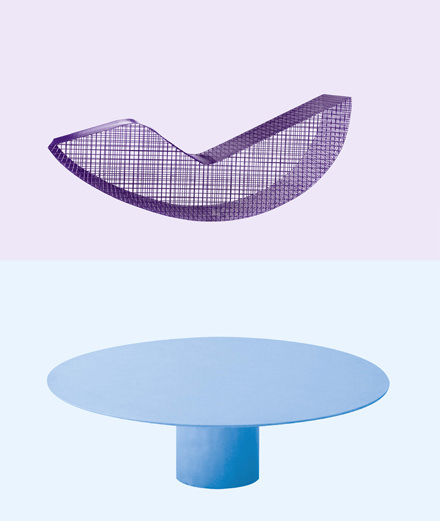
10
The search for the absolute
Since the late 1960s, many is the designer who has attempted to arrive at pure form, to pare things down to the essential, to reduce the idea to its most simple expression. Numéro takes a look at some of the most remarkable results.
By Oscar Duboÿ.
A1043 gallery is currently showing furniture by Rei Kawakubo, the artistic dire ctor at Comme des Garçons who, between 1983 and 1991, had a go at design with all the radicalness she brought to fashion. If the results, in rough wood or steel, tended to prioritize aesthetics over comfort, it nonetheless can’t be said that minimalism has had its last gasp given the recent success of designers such as the young Belgian duo Muller Van Severen.
Fashion is a permanent game of recycling, but can the same be said of design? Yes and no, because furniture didn’t wait for Comme des Garçons to come along and revolutionize it. As of the late 1960s, Japanese master Shiro Kuramata was setting drawers into a wheelmounted pyramid of transparent resin reminiscent of a Chicago skyscraper. Fifteen years later, and minus the diagonals, the essentialist forms dreamt up by the pope of minimalism, Donald Judd, transformed a work of art into a true piece of furniture. His worthy successor, Martin Szekely, pushed things even further with his totally rounded coffee table Solaris (2007). As for Konstantin Grcic’s most recent show at Paris’s kreo gallery, it featured UFO chairs that were like ever more minimalist cells.
Recycled or not, design continues, far from such existential preoccupations, to head inexorably towards the essential.
Comme des Garçons Furniture – Le mobilier de Rei Kawakubo, A1043 gallery, 47 rue de Montmorency, Paris 3rd, 10 October–22 December 2017.






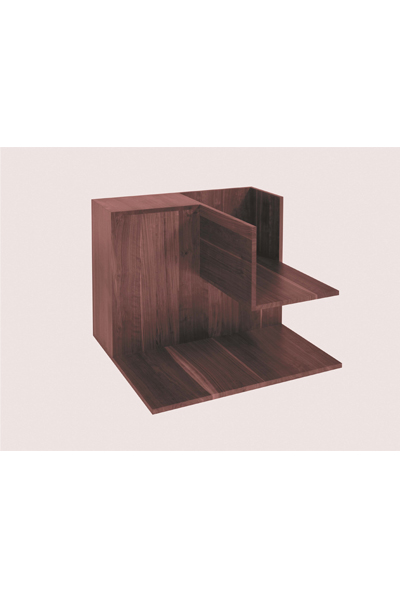
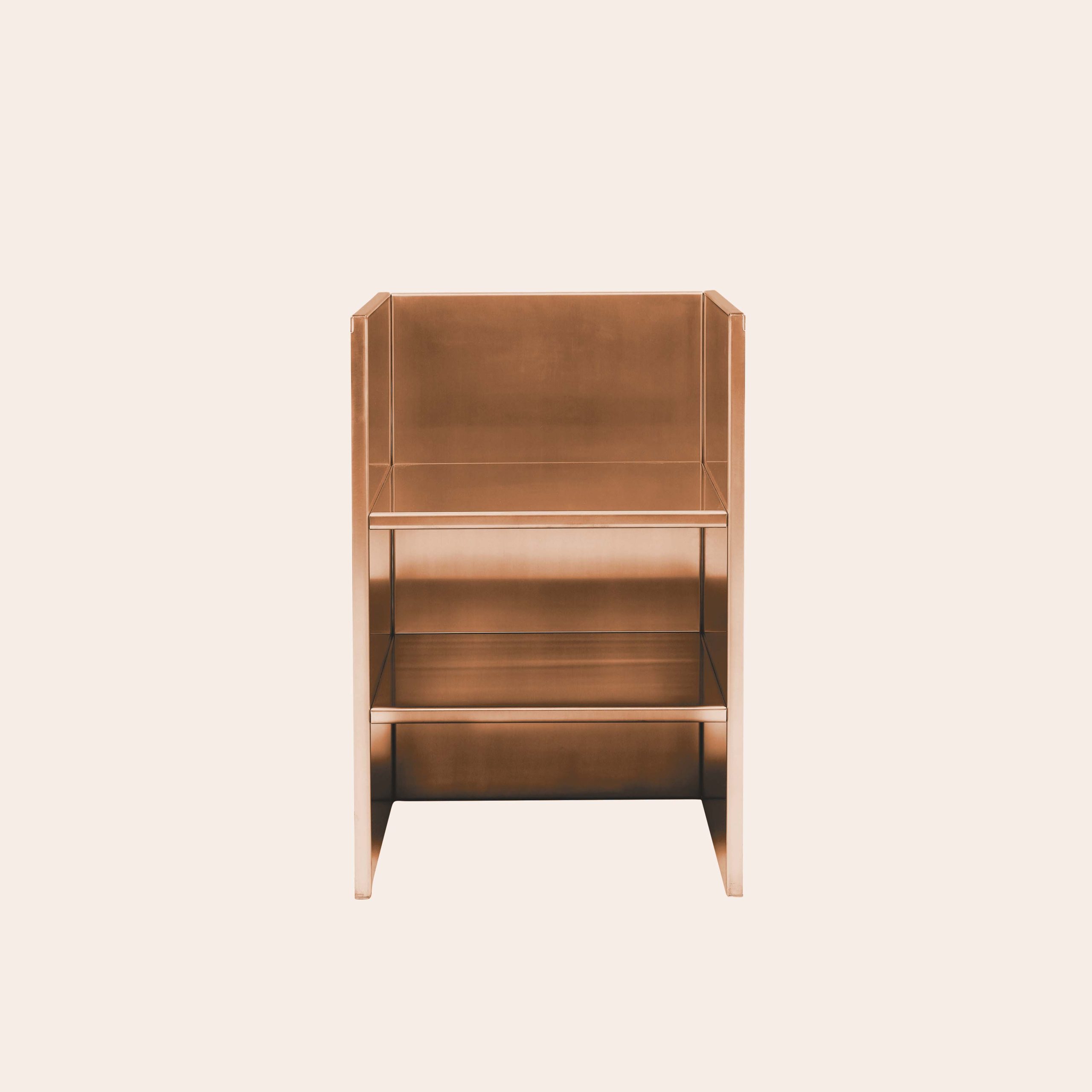
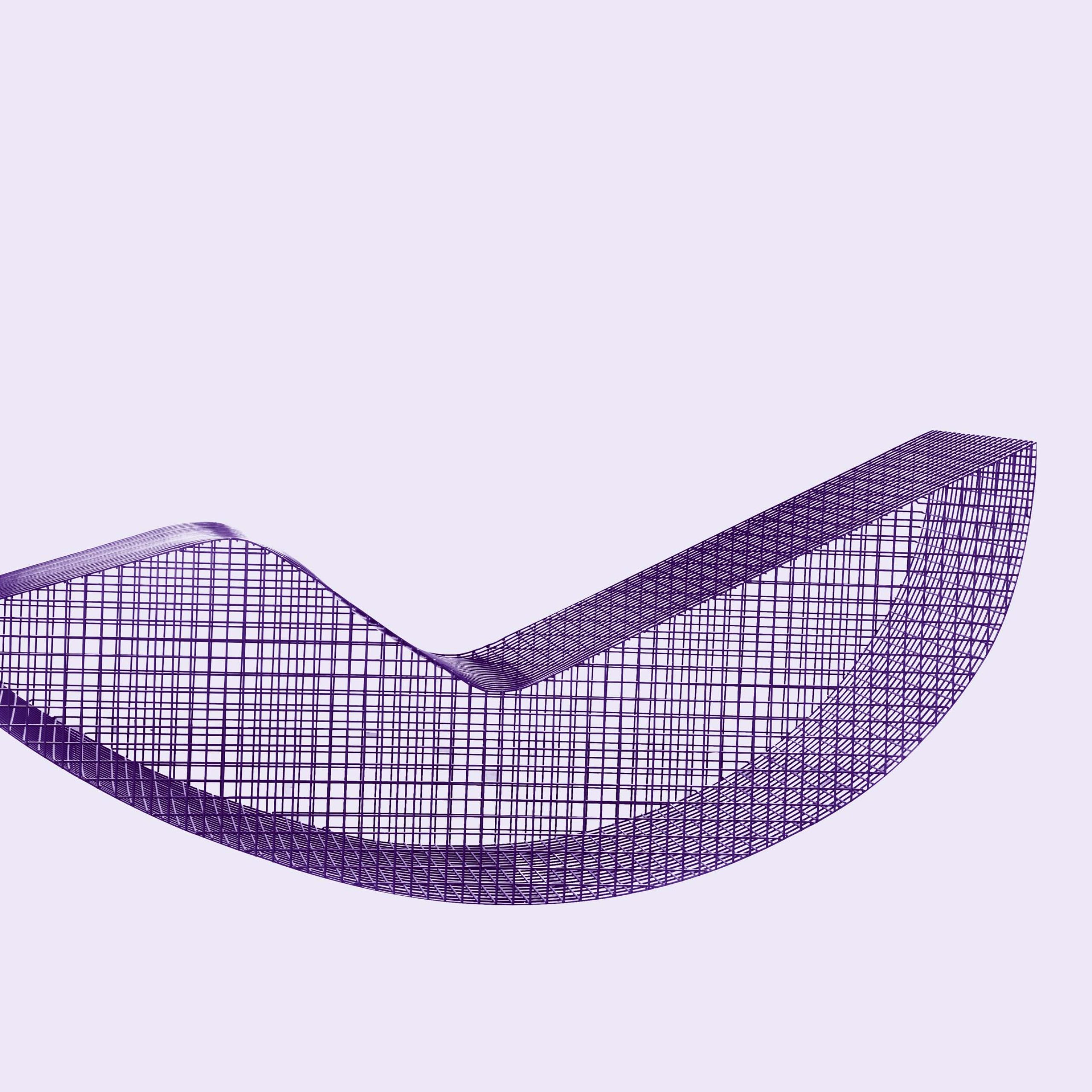
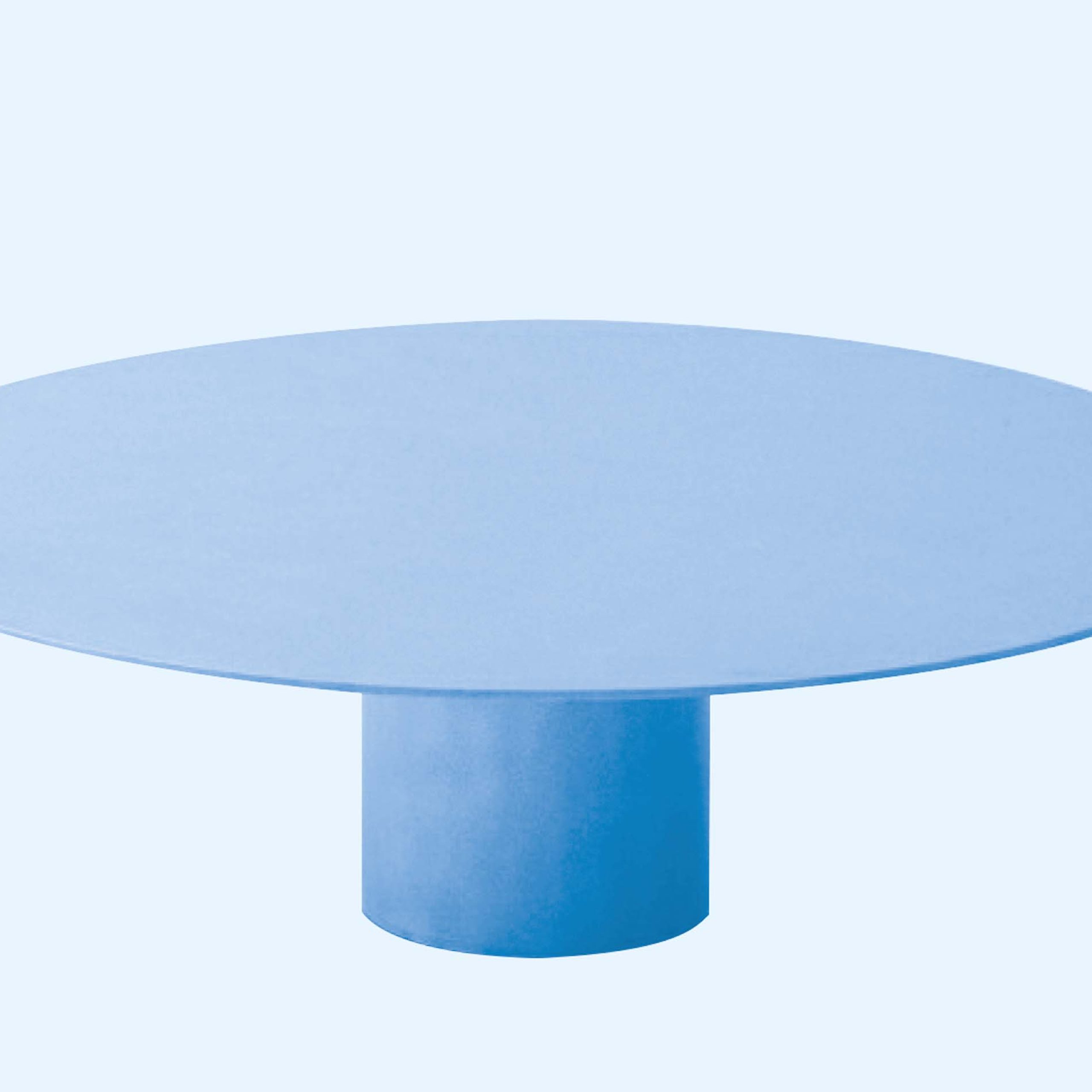
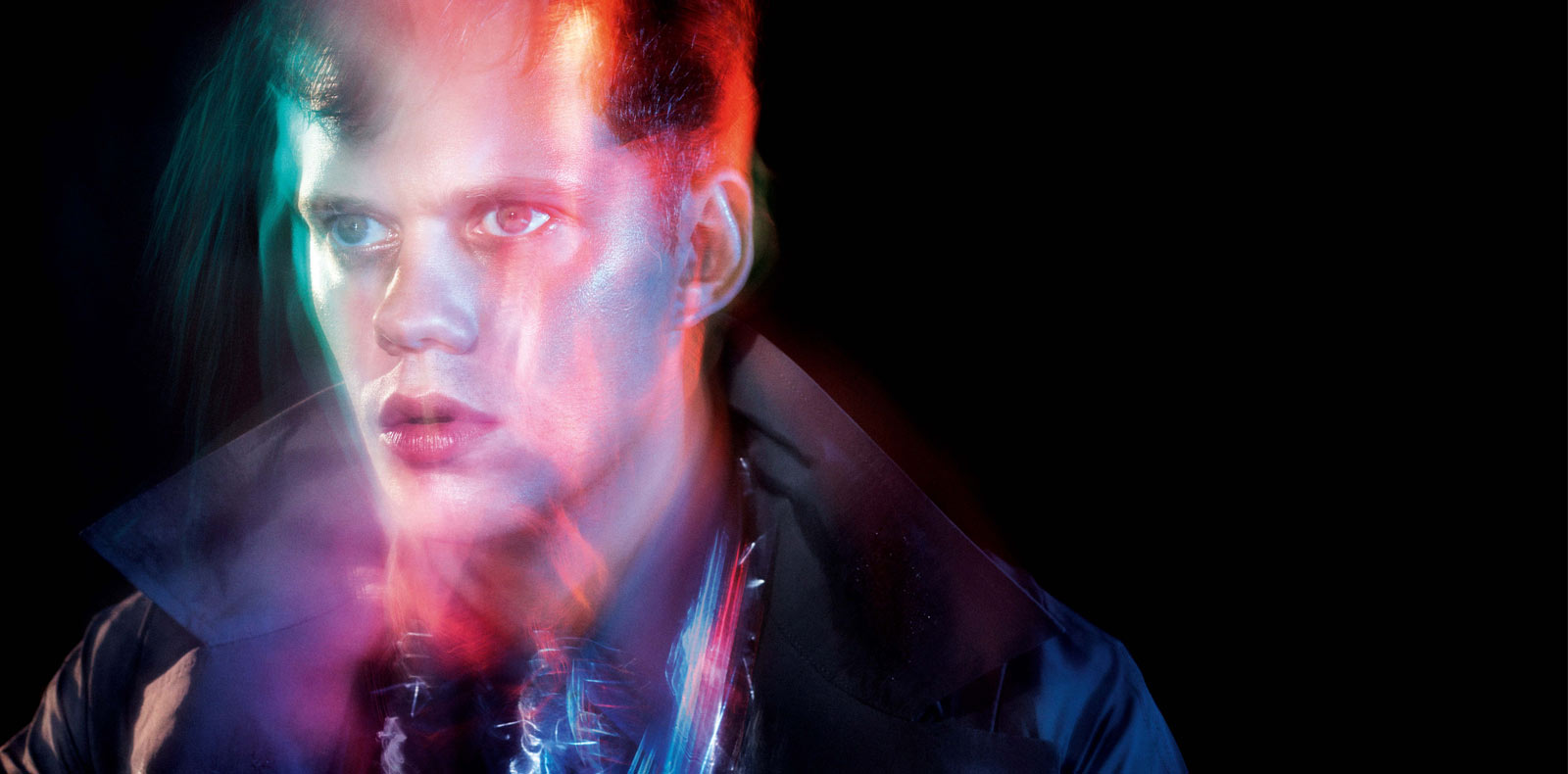

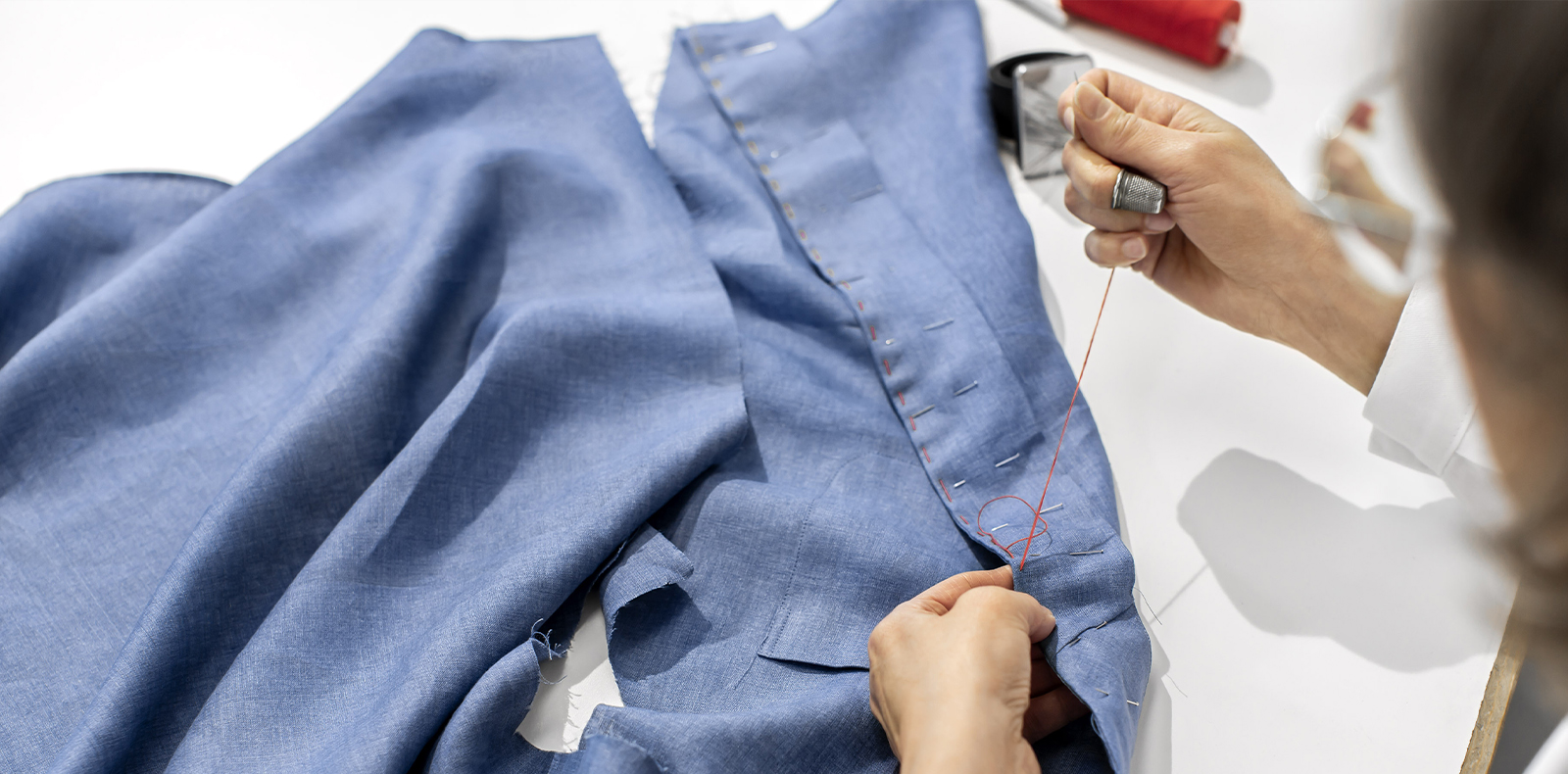


![Horsphère Bois (III) [1967] de Jean Degottex (provenance : Galerie Jean Fournier, Paris). Huile et grattage sur panneau, 120 x 80,4 cm. En bas : console-table (1902) de Carlo Bugatti. Bois laqué noir, cuir, métal et incrustations d’os, 70 x 116 x 70 cm. Ensemble présenté sur le stand de Sceners Gallery. © Courtesy of Sceners Gallery.](https://numero.com/wp-content/uploads/2025/10/pad-london.jpg)
